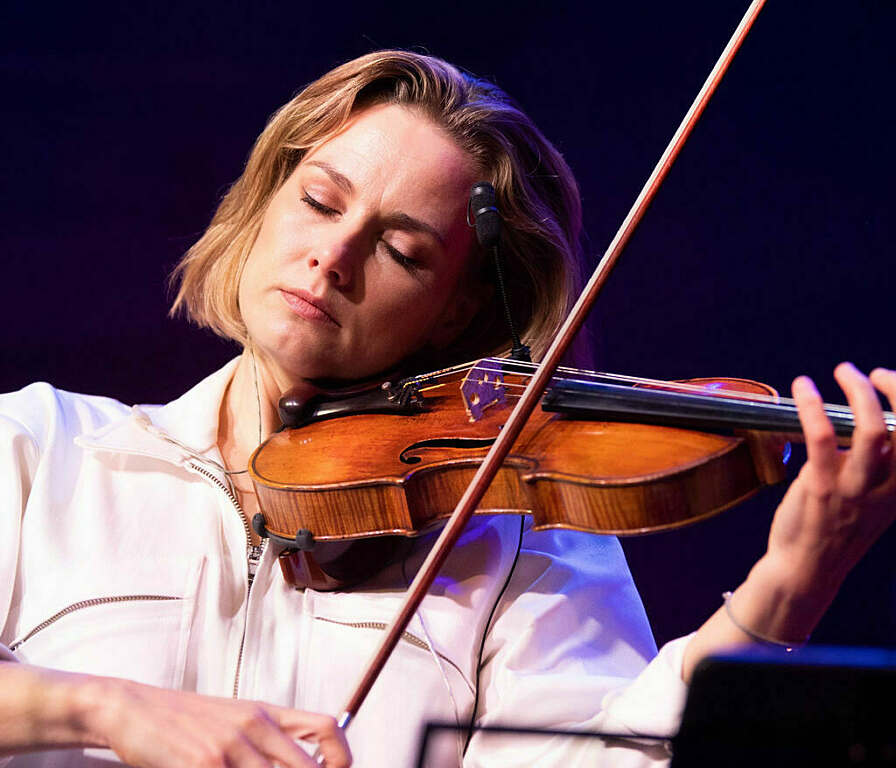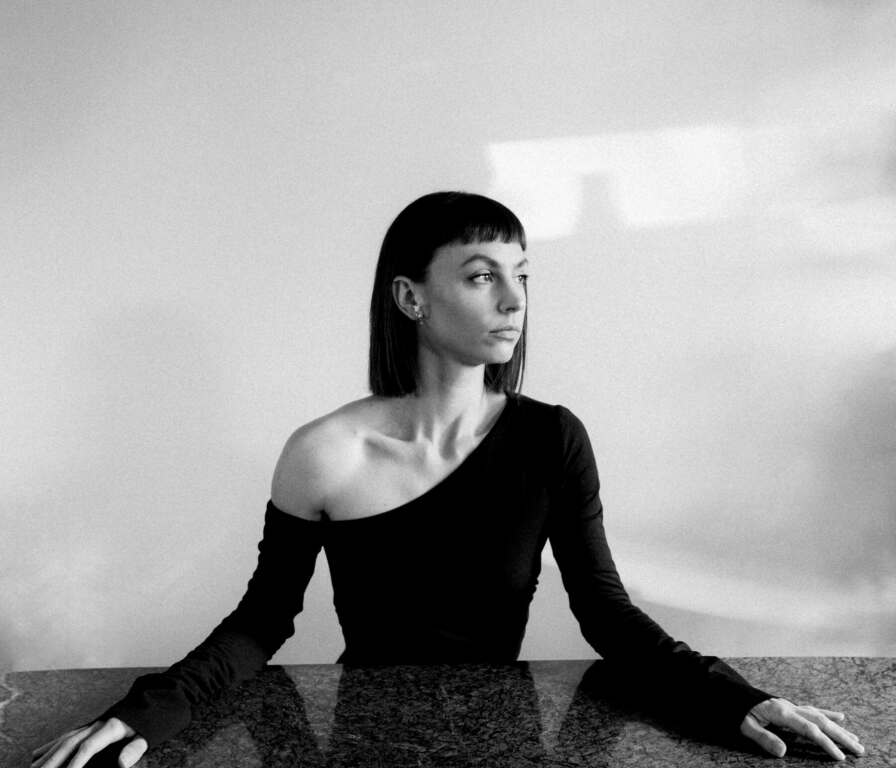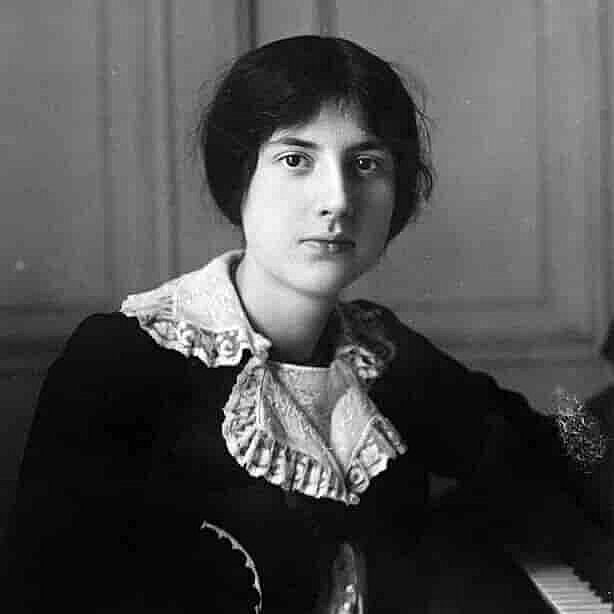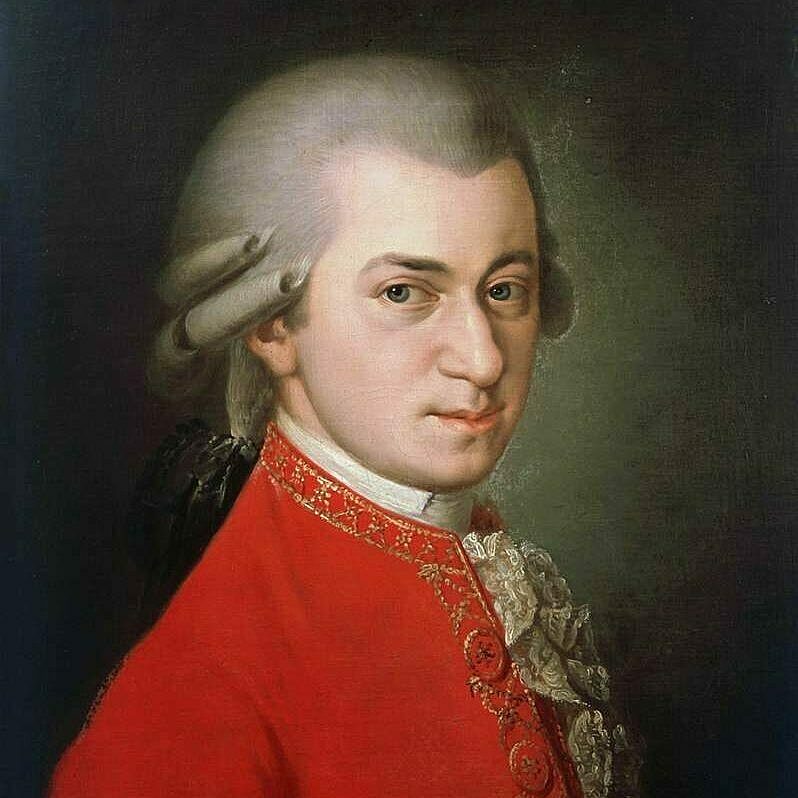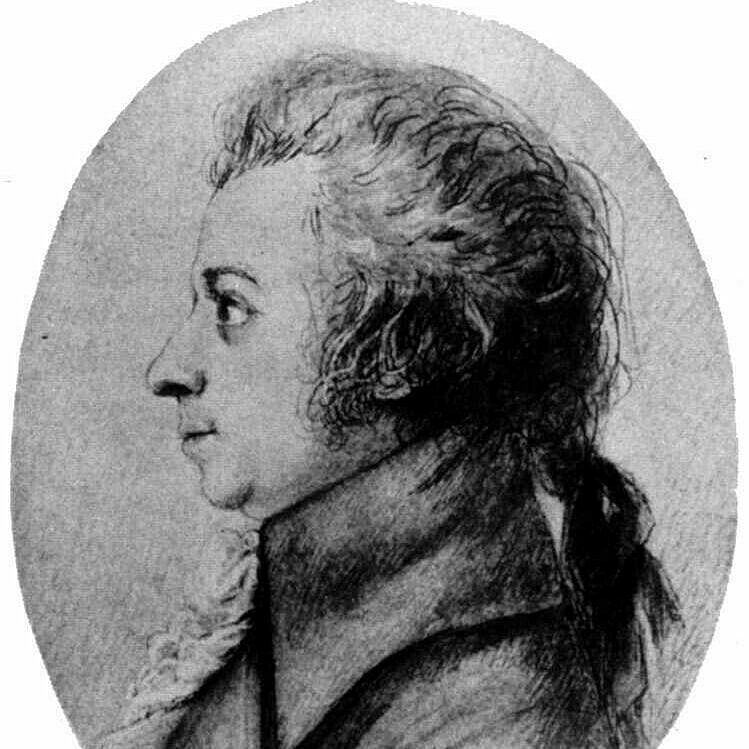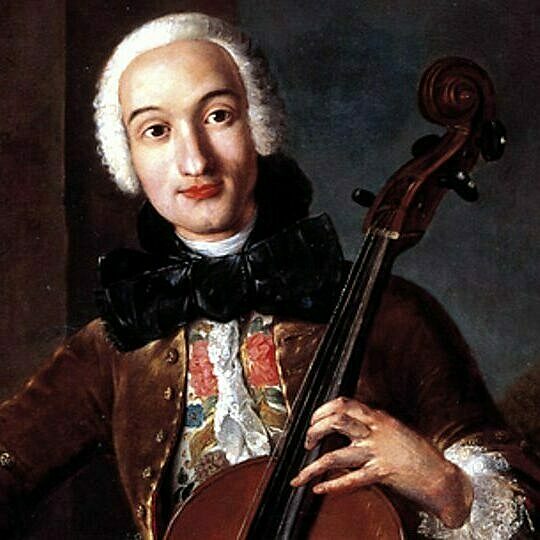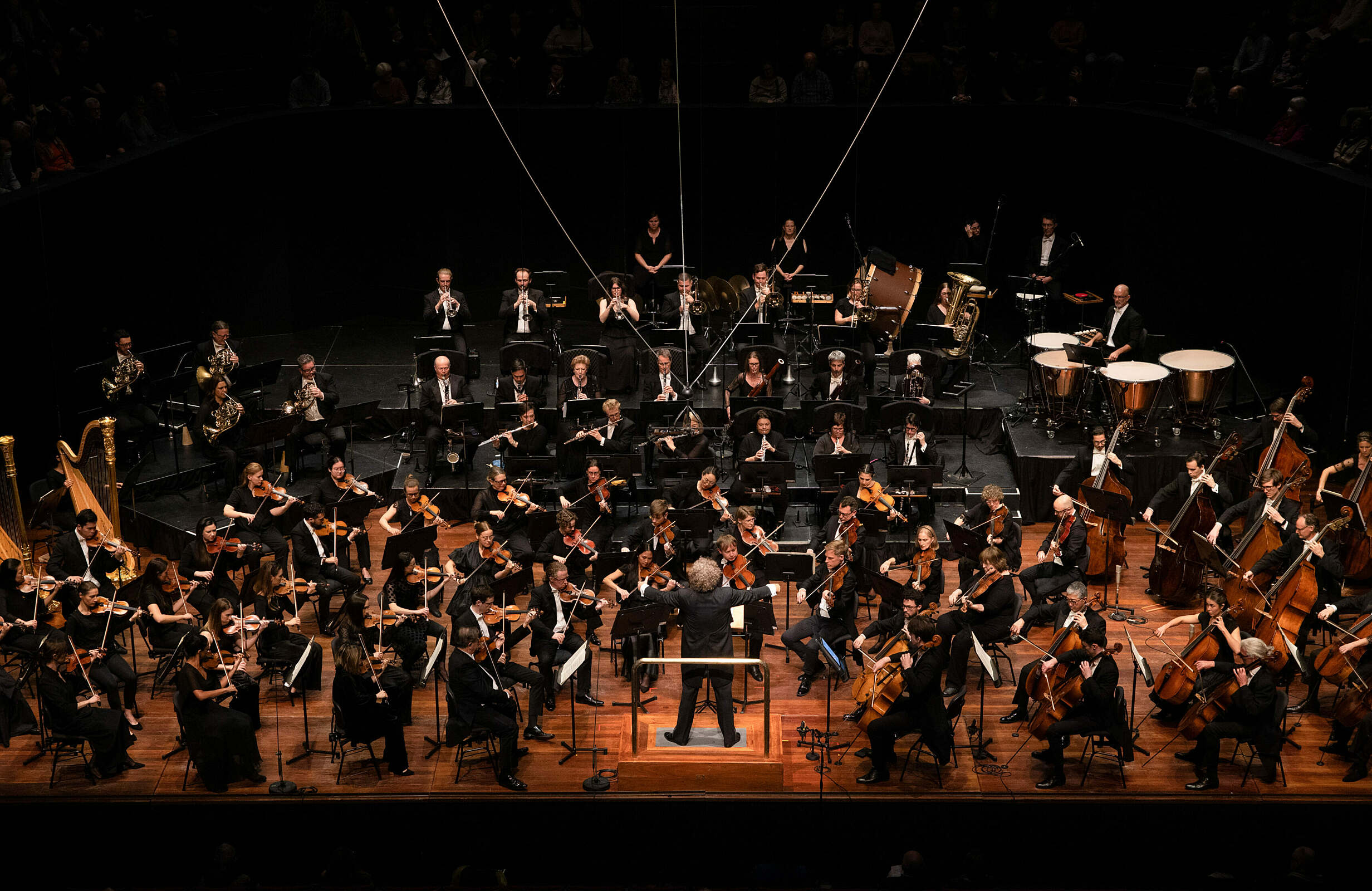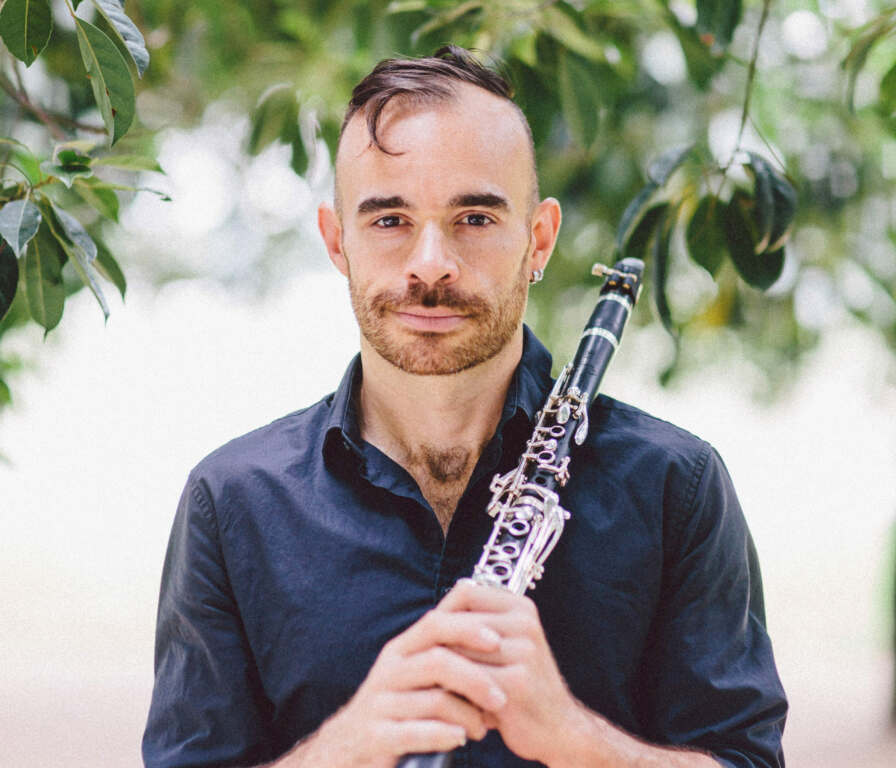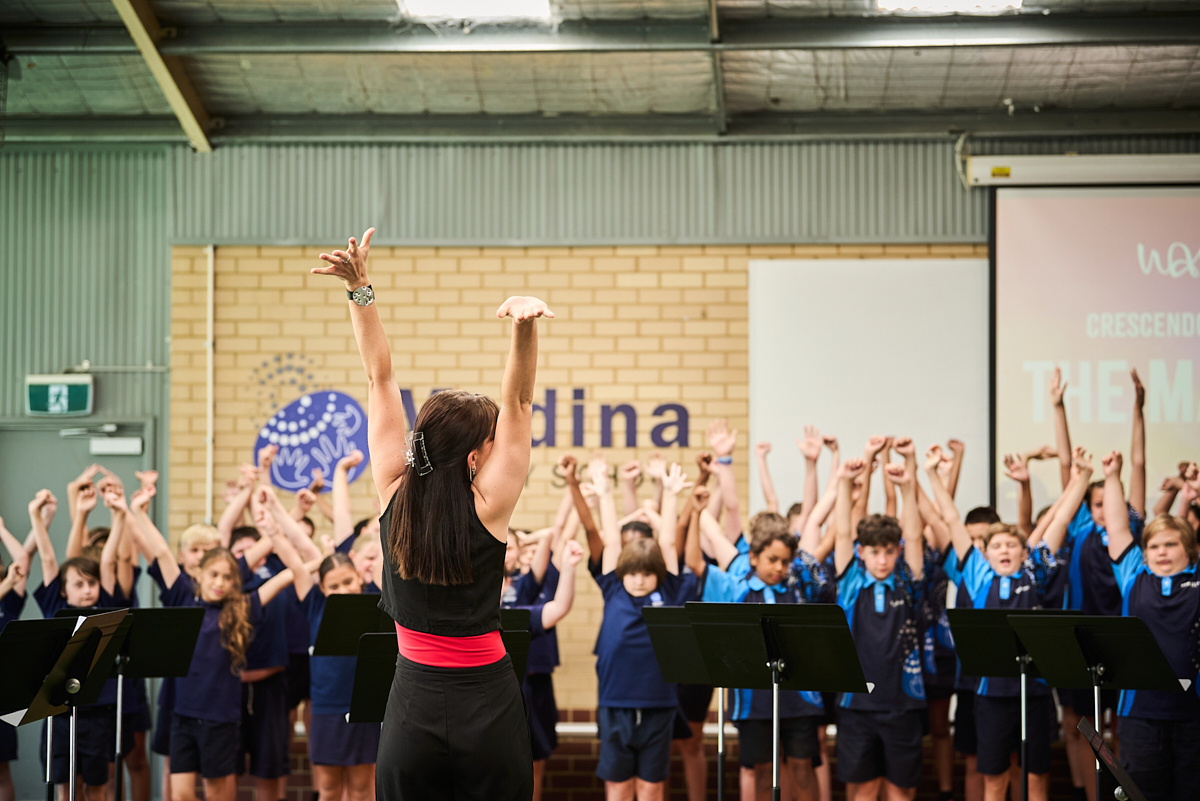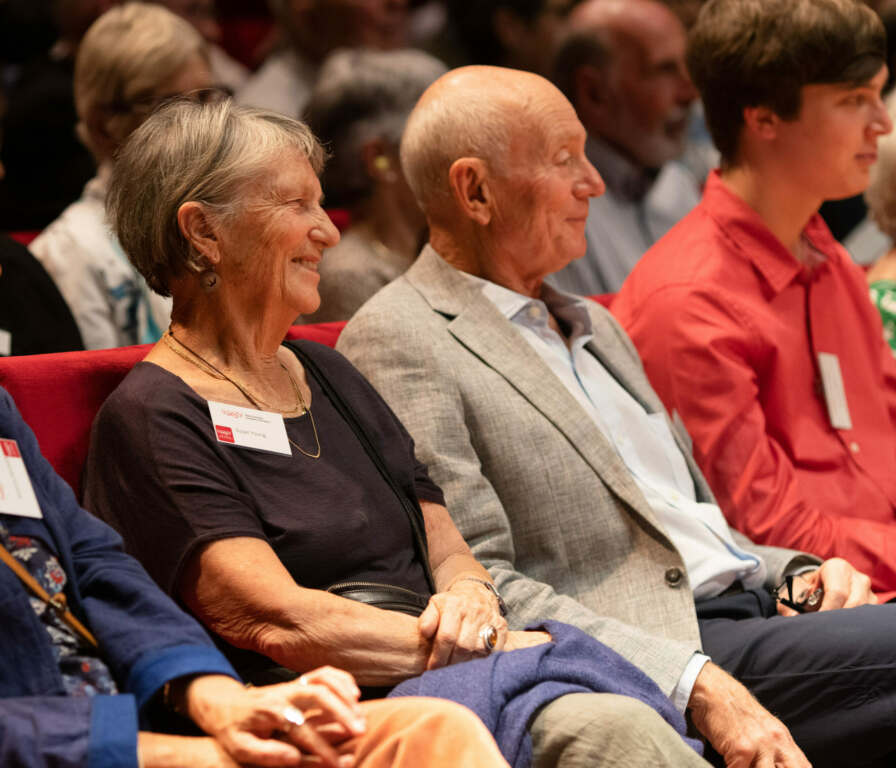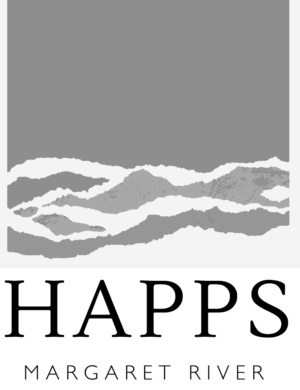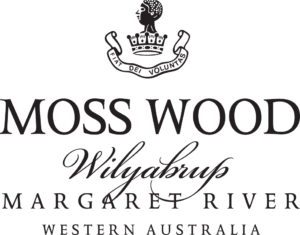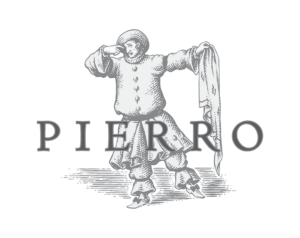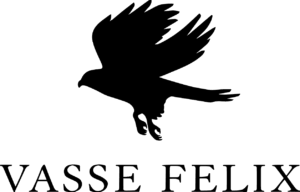Wolfgang Amadeus Mozart
(1756-1791)
Violin Concerto No.3 in G, K216
Allegro
Adagio
Rondeau (Allegro – Andante – Allegretto – Allegro)
Mozart’s father once suggested to him that the best way to introduce himself in a place where he wasn’t known was to play a violin concerto. We think of Mozart as a pianist, and all many people know about his violin playing comes from letters written to him by his father, Leopold, one of the leading violin teachers of the time, exhorting him not to give up practising, and claiming that he could, if he worked at it, play like the finest violinist in Europe. Mozart composed all but the first of his five violin concertos, including this one, in a sustained burst in 1775 when he was 19. They have sometimes been regarded as attempts to please his father, rather than himself. Yet none of his piano concertos up to this time show the maturity of conception of the last three of these violin concertos, the ones in G major (K216), D (K218) and A (K219).
Of the numberless violin concertos composed in the 18th century, the standard modern ‘symphony concert’ repertoire retains only a few of Vivaldi’s, those of J.S. Bach, and Mozart’s. Mozart’s violin concertos are standard because they are very good music. Listening illustrates this better than words, but part of it is that the musical ideas are so strong, and there are so many of them. Yet Mozart, even at this age, can organise his many ideas concisely and convincingly. Composing operas, his main preoccupation, has already taught him how to make the soloist the protagonist in a drama.
The solo violin parts of these concertos put musical substance, and idiomatic writing for the instrument, ahead of virtuoso display. This wasn’t because Mozart’s own violin technique was limited. The concertos were possibly intended not for him but for his Salzburg colleague Antonio Brunetti (first violin and soloist in the Court Orchestra). Both men certainly played at least some of them, and Brunetti himself said, ‘Mozart could play anything.’
The Concerto in G major is in many ways the most endearing of Mozart’s violin concertos, the most intimate, charming and sensual in expression. Here Mozart displays the assurance to transcend the more conventional, sometimes short-winded style of the first two concertos.
To begin this concerto, Mozart reuses music from the aria ‘Aer tranquillo’ of his opera Il re pastore, composed five months earlier. There’s a flood of contrasting ideas, and the solo violin becomes a willing contributor to the thematic richness. This violin concerto anticipates the mature piano concertos in the variety of exchanges between solo and orchestra, and within the orchestra, setting off strings against oboes and horns in the development. Here the first oboe takes over as the brilliant high voice. Eventually the violin takes over the oboe phrase and leads the music towards the reprise, its solo role, as if a singer, underlined by a brief passage of recitative.
Whereas the first movement is energetically playful, the second is rapturous. This is the type of Mozart slow movement aptly described as ‘dreamy’, like that of the Piano Concerto in C, K467 (used in the film Elvira Madigan). The similarities include the broken triplet accompaniment, muted strings and pizzicato bass.
The Rondeau, in a jaunty 3/8 time, has a main theme which comes back five times, and is especially marked by its throwaway ending, where the horns and oboes are left on their own. Indeed, the punctuation from these instruments is a feature of the movement. Eventually the dominance of the 3/8 rhythm is broken by two fanciful episodes. The first, in a slower tempo (Andante), has a pizzicato string accompaniment overlapping a kind of stately pavane from the violin. This gives way immediately to a much simpler, folk-like theme in common time. This is the theme some scholars believe made Mozart and his father refer to this concerto as ‘the Strassburger’, the name of a (Hungarian) folk-melody; others believe they were referring to a similar passage in the D major Concerto, K218.
After this rather whimsical interruption, which we must suppose contained in-jokes more obvious to the first audiences than to us, but is delightful anyway, the Rondeau resumes its earlier course, but fantasy has the last word: the throwaway line gracefully waves as the concerto leaves the stage.
© David Garrett
First performance: Exact circumstances unknown, but the first performance was probably given by either Antonio Brunetti or Mozart himself, in Salzburg.
First WASO performance: 13 June 1942. E.J. Roberts, conductor; Vaughan Manly, violin.
Most recent WASO performance: 25-26 August 2017. Asher Fisch, conductor; Karen Gomyo, violin.
Instrumentation: two flutes, two oboes, two horns, strings, four horns, three trumpets, three trombones, tuba, timpani, percussion and strings.


